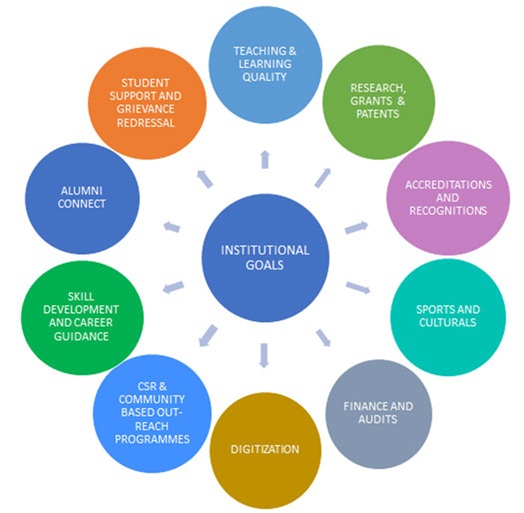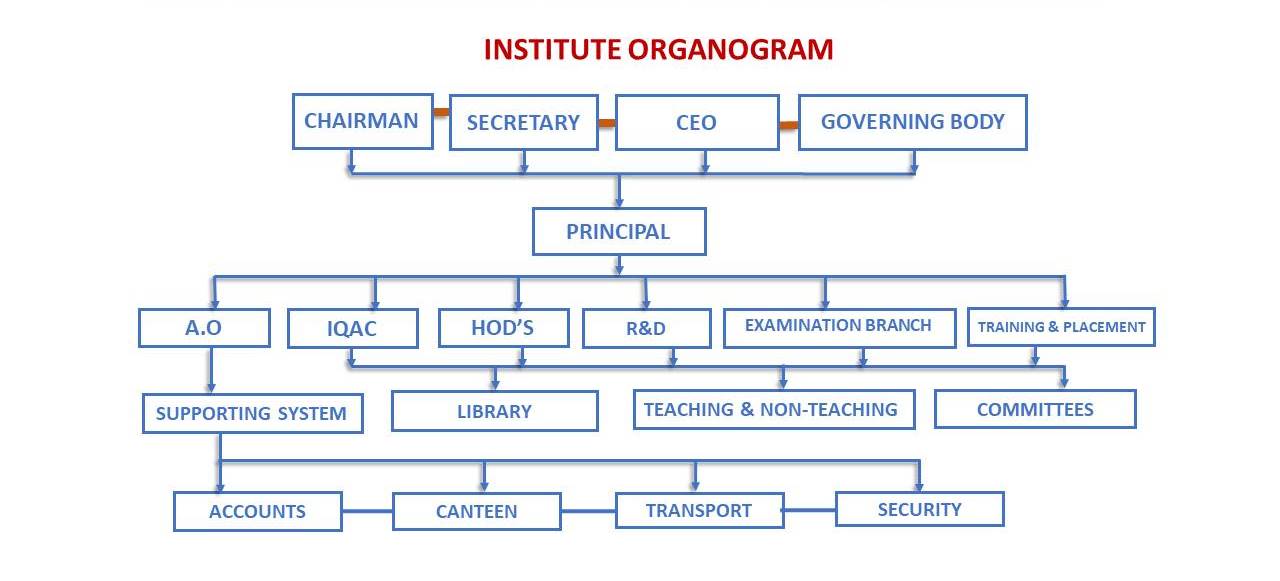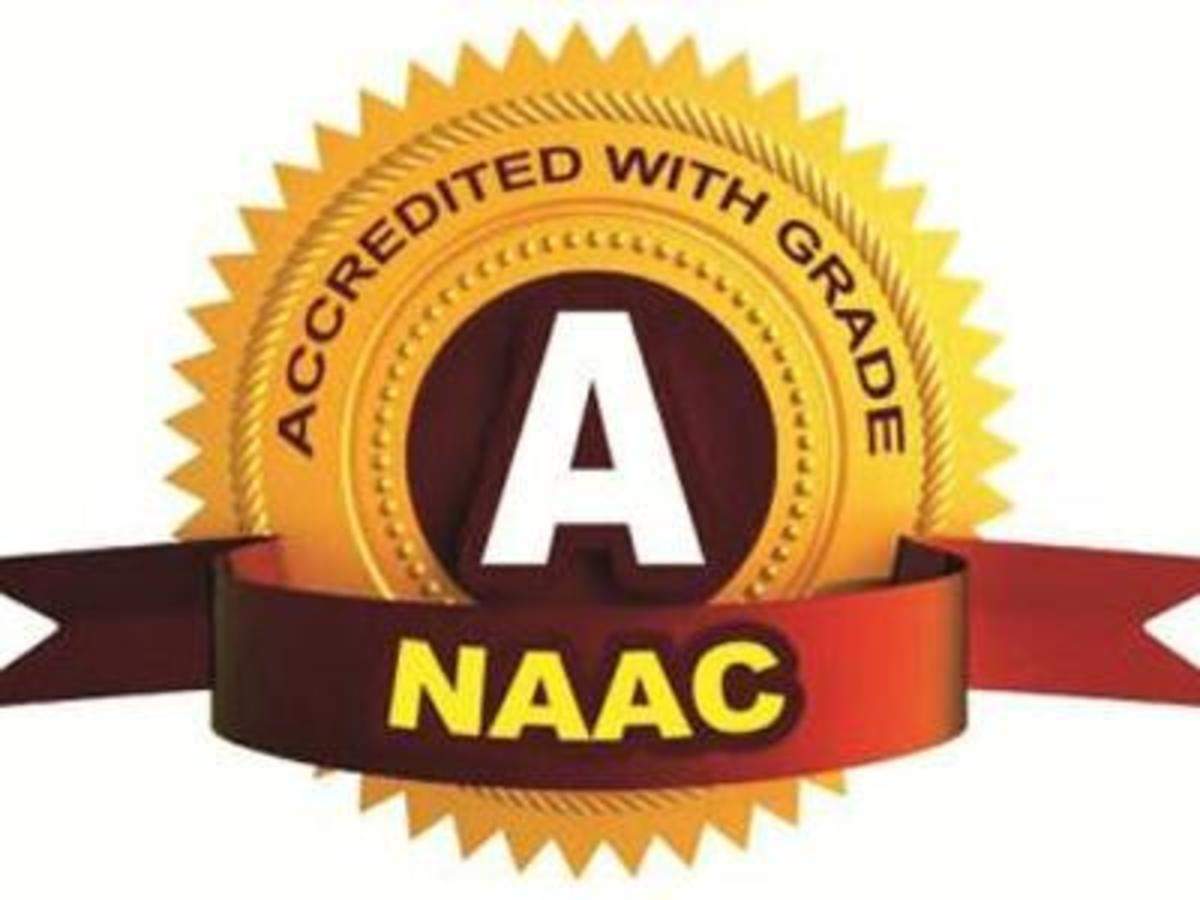A college development plan (also known as an Institutional Development Plan or IDP) is a strategic roadmap for enhancing various aspects of a college, including academic, infrastructure, administrative, and co-curricular areas. It outlines goals, strategies, and efforts to improve the institution, often aligning with national education policies and sustainable development goals.
KEY COMPONENTS OF A COLLEGE DEVELOPMENT PLAN (2025–2030)
1. Vision & Mission
Vision: To be a center of excellence in engineering education, research, and innovation, producing globally competent professionals.
Mission:
- To impart quality education with industry-relevant skills.
- To promote research, innovation, and entrepreneurship.
- To foster ethical values and social responsibility.
2. Key Focus Areas
- Academic Excellence
- Research and Innovation
- Infrastructure Development
- Industry Collaboration
- Digital Transformation
- Skill Development and Employability
- Student Support & Development
- Community Engagement and Sustainability
3. Strategic Objectives & Action Plans
A. Academic Excellence
- Introduce multidisciplinary programs (e.g., AI).
- Update curriculum in alignment with NEP 2020 and industry trends.
- Accreditation from NBA and NAAC.
- Faculty development programs (FDPs) and pedagogical training.
B. Research and Innovation
- Establish Centers of Excellence (CoEs) in core and emerging technologies.
- Encourage faculty and student publications and patents.
- Funded projects from AICTE, DST, UGC, etc.
- Innovation & Incubation center for startups and entrepreneurship.
C. Infrastructure Development
- Modernize laboratories with advanced equipment.
- Smart classrooms with digital boards and interactive tools.
- Green campus initiatives (solar power, waste recycling, rainwater harvesting).
D. Industry Collaboration
- MoUs with top industries for internships, training, and placements.
- Guest lectures, industrial visits, and hands-on workshops.
- Establishment of Industry-Institute Interaction Cell (IIIC).
E. Digital Transformation
- Full ERP implementation for academic and administrative automation.
- Learning Management System (LMS) like Moodle/Canvas.
F. Skill Development & Employability
- On-campus training on soft skills, coding, communication.
- Bridge courses to address industry-academia skill gap.
- Certification programs in collaboration with platforms like Coursera, NPTEL, etc.
- Career counseling and mock interviews.
G. Student Support & Development
- Counseling and mentoring systems.
- Support for GATE, GRE, UPSC, and higher education guidance.
- Sports, cultural, and NSS activities for holistic development.
- Scholarships and financial aid schemes.
H. Community Engagement & Sustainability
- Technology-based rural development projects.
- NSS and outreach programs in villages.
- Annual sustainability goals and impact tracking.
4. Timeline & Milestones
- 2025–2026: Curriculum revamp, new labs, smart classrooms
- 2026–2027: CoEs setup, NBA/NAAC accreditation
- 2027–2028: ERP, LMS deployment, industry MoUs
- 2028–2029: Major funded research projects, community programs
- 2029–2030: Self-sustained innovation ecosystem
5. Budget & Funding Sources
- Government grants (AICTE, UGC, RUSA)
- Alumni contributions
- Consultancy and sponsored research
6. Monitoring and Evaluation
- Development Monitoring Committee (DMC)
- Quarterly reviews and annual audits
- Feedback from students, alumni, industry



